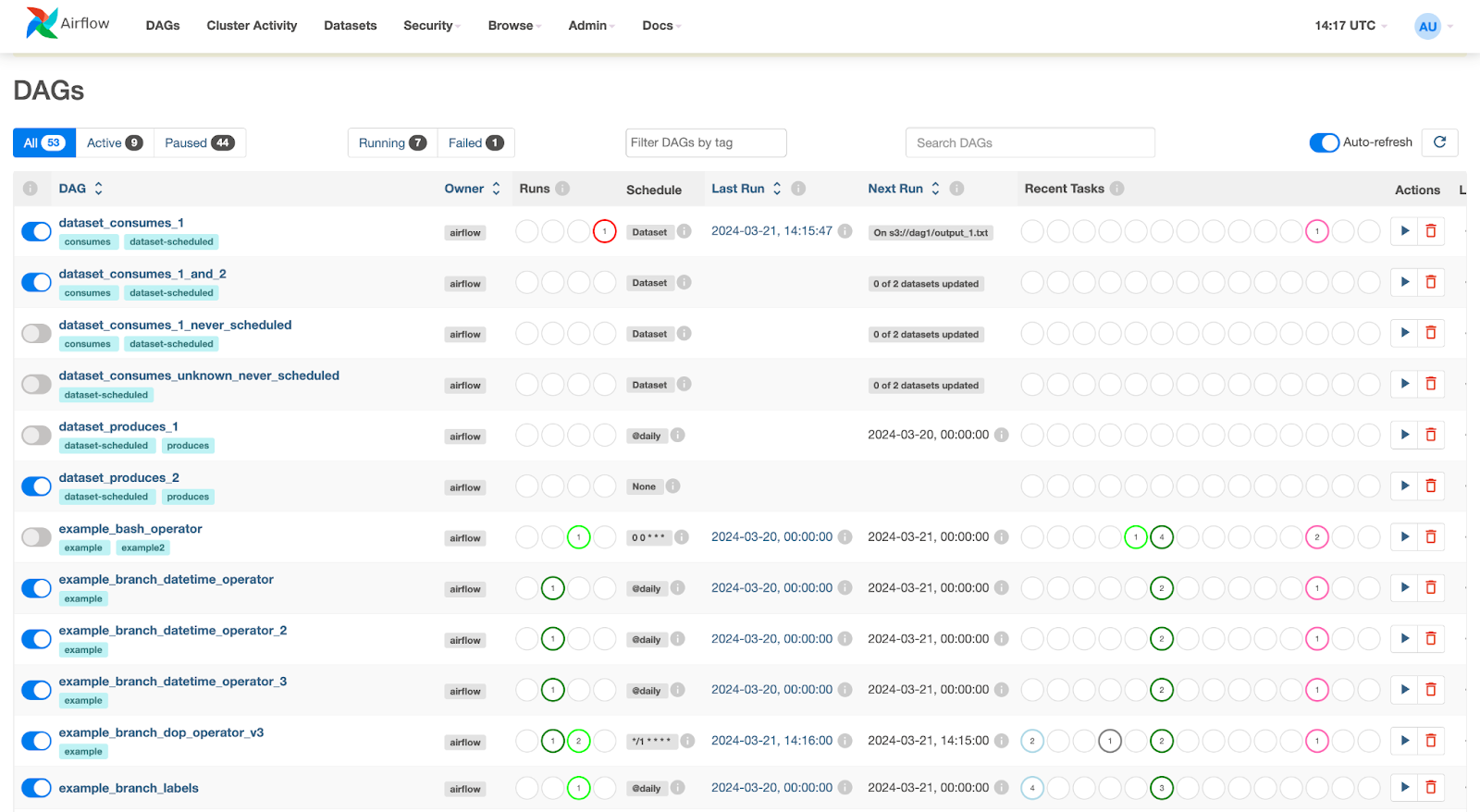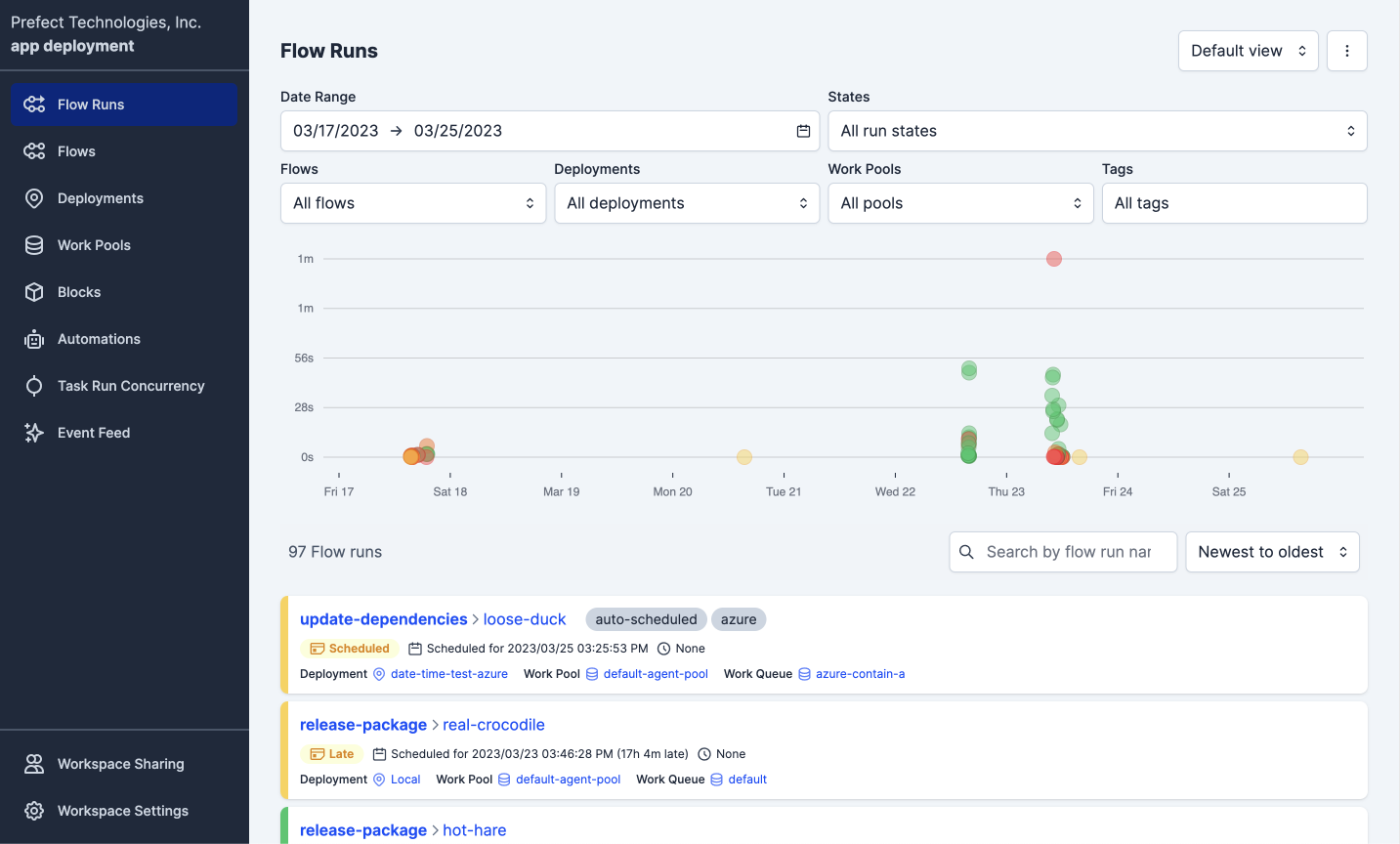Track
Airflow vs Prefect: Deciding Which is Right For Your Data Workflow
A comparison between two data orchestration tools and how they may be utilized to improve data workflow management.
May 2024 · 8 min read
Topics
Continue Your Data Engineering Journey Today!
57hrs hr
Course
Introduction to Airflow in Python
4 hr
34.3K
Course
Introduction to Data Pipelines
4 hr
7.1K
See More
RelatedSee MoreSee More
blog
The Top 21 Airflow Interview Questions and How to Answer Them
Master your next data engineering interview with our guide to the top 21 Airflow questions and answers, including core concepts, advanced techniques, and more.
Jake Roach
13 min
podcast
The Venture Mindset with Ilya Strebulaev, Economist Professor at Stanford Graduate School of Business
Richie and Ilya explore the venture mindset, the importance of embracing unknowns, how VCs deal with unpredictability, how our education affects our decision-making ability, venture mindset principles and much more.
Richie Cotton
59 min
cheat sheet
LaTeX Cheat Sheet
Learn everything you need to know about LaTeX in this convenient cheat sheet!
Richie Cotton
tutorial
Building an ETL Pipeline with Airflow
Master the basics of extracting, transforming, and loading data with Apache Airflow.
Jake Roach
15 min
tutorial
Complete Databricks Dolly Tutorial for Building Applications
Learn to use the advanced capabilities of Databricks Dolly LLM to build applications.
Laiba Siddiqui
tutorial
GitHub Actions and MakeFile: A Hands-on Introduction
Learn to automate the generation of data reports using Makefile and GitHub Actions.
Abid Ali Awan
16 min


